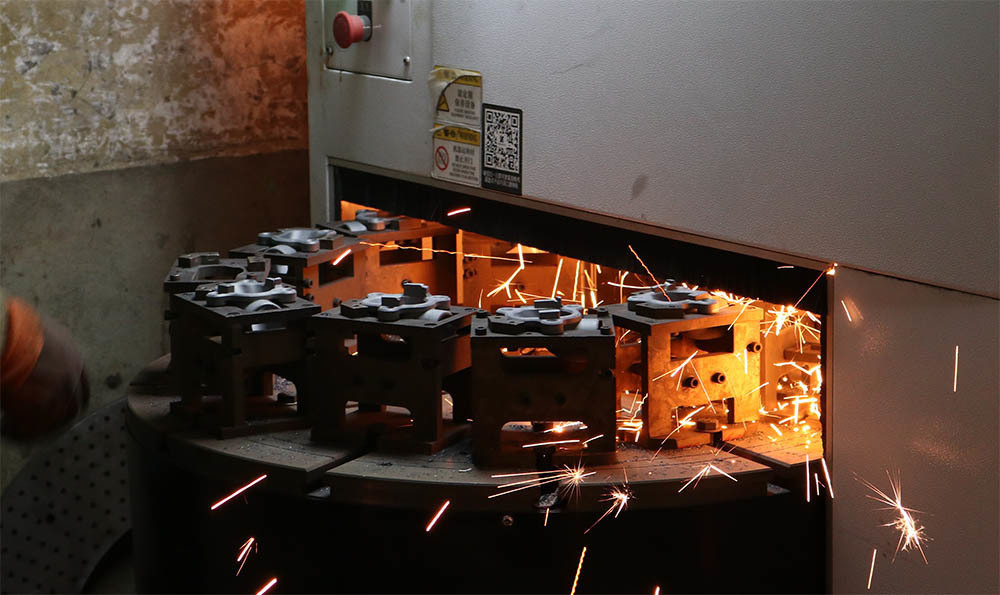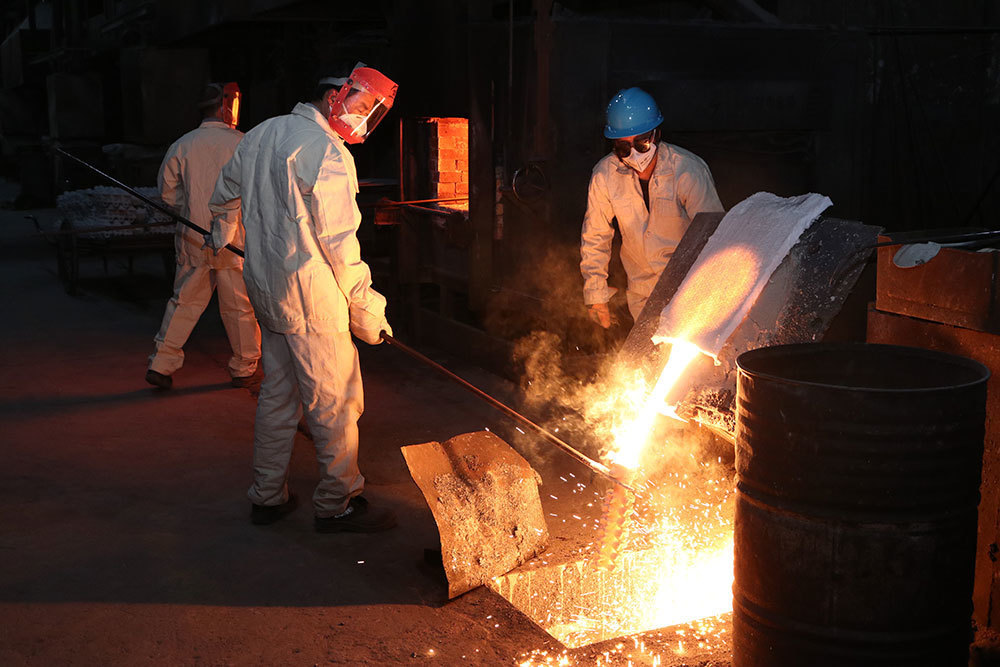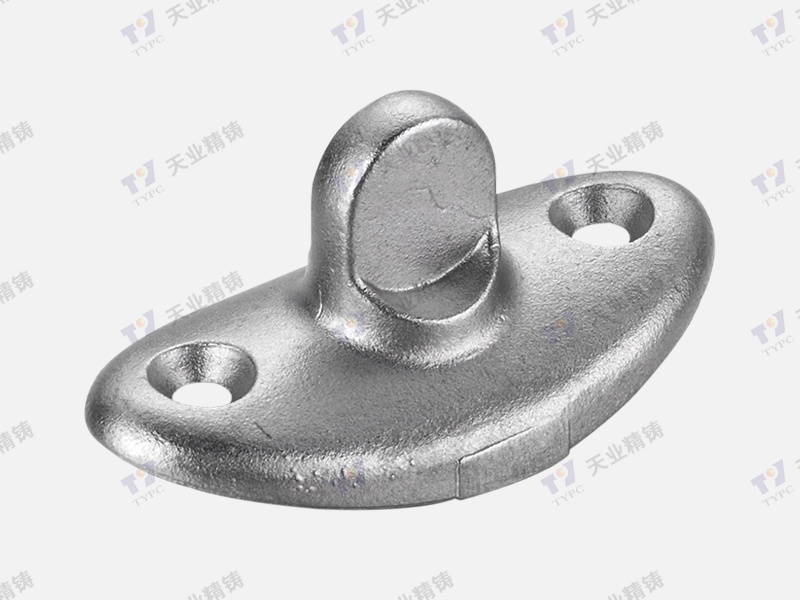2025-06-14
Enhancing Product Longevity with Alloy Steel Castings: A Comprehensive Guide
Enhancing Product Longevity with Alloy Steel Castings
Table of Contents
- 1. Introduction to Alloy Steel Castings
- 2. What is Alloy Steel?
- 3. Benefits of Alloy Steel Castings for Industrial Applications
- 4. The Manufacturing Process of Alloy Steel Castings
- 5. Applications of Alloy Steel Castings
- 6. Best Practices for Using Alloy Steel Castings
- 7. Common Misconceptions about Alloy Steel Castings
- 8. Conclusion
- 9. Frequently Asked Questions
1. Introduction to Alloy Steel Castings
In the realm of **industrial equipment and components**, the longevity of products significantly impacts performance and cost-efficiency. One of the most effective ways to enhance durability is through the use of **alloy steel castings**. These castings provide a remarkable balance of strength, flexibility, and corrosion resistance, making them an ideal choice for various applications. In this article, we will explore the advantages of alloy steel castings, their manufacturing processes, best practices, and how they can enhance the lifespan of your products.
2. What is Alloy Steel?
Alloy steel is a type of steel that is made by combining iron with various elements to improve its properties. Common alloying elements include **chromium, nickel, molybdenum**, and **vanadium**. These additions enhance the steel's performance in several ways, making it superior to standard carbon steel. The properties of alloy steel can be tailored to meet specific requirements, providing versatility in applications.
3. Benefits of Alloy Steel Castings for Industrial Applications
Alloy steel castings offer a plethora of advantages that directly contribute to product longevity. Below, we explore these benefits in detail.
3.1 Strength and Durability
One of the primary benefits of alloy steel castings is their exceptional strength and durability. The inclusion of alloying elements enhances the tensile strength, making the castings resistant to deformation under stress. This robustness is vital in high-stress industrial environments, where components often face rigorous operational demands.
3.2 Corrosion Resistance
Corrosion can significantly shorten the lifespan of metal components. Alloy steel is designed to resist oxidation and corrosion, particularly when chromium is included in the alloy mix. This resistance aids in maintaining the integrity of components, even when exposed to harsh conditions, thereby ensuring longer service life.
3.3 Cost-effectiveness
While the initial investment in alloy steel castings may be higher than traditional materials, the long-term savings are substantial. The durability and reduced maintenance needs translate to lower replacement costs and decreased downtime for machinery, ultimately leading to increased profitability.
4. The Manufacturing Process of Alloy Steel Castings
Understanding the manufacturing process of alloy steel castings is crucial for realizing their advantages. The process generally involves several key stages.
4.1 Molding Techniques
Molding techniques play a significant role in the quality of alloy steel castings. Common methods include sand casting, investment casting, and shell molding. Each method has its distinct advantages and is chosen based on the complexity and purpose of the component being produced.
4.2 Heat Treatment Processes
Heat treatment processes, such as quenching and tempering, are essential for enhancing the mechanical properties of alloy steel castings. These processes increase hardness, improve tensile strength, and ensure dimensional stability while optimizing the material's performance in operational environments.
5. Applications of Alloy Steel Castings
Alloy steel castings are utilized across a wide range of industries, including:
- **Automotive**: Engine components, transmission housings, and chassis parts.
- **Aerospace**: Structural components that require high strength-to-weight ratios.
- **Construction**: Heavy equipment parts subjected to extreme wear and tear.
- **Oil and Gas**: Components that must withstand corrosive environments and high pressures.
The versatility of alloy steel makes it suitable for virtually any application that demands reliability and durability.
6. Best Practices for Using Alloy Steel Castings
To maximize the benefits of alloy steel castings, it’s essential to follow best practices during the design and manufacturing phases:
- **Specify the Right Alloy**: Choose the appropriate alloying elements based on the intended application.
- **Quality Control**: Implement rigorous quality control measures to ensure the castings meet required standards and specifications.
- **Regular Maintenance**: Establish a maintenance schedule to inspect and replace components as necessary to avoid unexpected failures.
7. Common Misconceptions about Alloy Steel Castings
There are several misconceptions regarding alloy steel castings that can lead to misinformed decisions:
- **Misconception 1**: Alloy steel castings are too expensive. Reality: While the upfront costs may be higher, the long-term savings from reduced maintenance and replacement costs make them cost-effective.
- **Misconception 2**: Alloy steel is only suitable for high-stress applications. Reality: While it excels in demanding environments, alloy steel castings can be used in a wide array of applications.
- **Misconception 3**: All alloy steels are the same. Reality: Different alloying elements impart varying properties, making it crucial to select the right alloy for the specific application.
8. Conclusion
Incorporating alloy steel castings into your industrial applications can significantly enhance product longevity. Their superior strength, corrosion resistance, and cost-effectiveness make them an ideal choice for varied sectors. Understanding the intricacies of alloy steel, its benefits, manufacturing processes, and best practices will empower manufacturers and engineers to make informed decisions that lead to improved product performance.
9. Frequently Asked Questions
1. What are alloy steel castings made of?
Alloy steel castings are primarily made of iron and alloying elements such as chromium, nickel, and molybdenum, which enhance their properties.
2. How do I select the right alloy for my application?
Selecting the right alloy depends on factors such as strength requirements, corrosion resistance, and thermal stability. Consulting with a materials engineer can provide tailored recommendations.
3. Are alloy steel castings more durable than carbon steel castings?
Yes, alloy steel castings typically offer greater durability due to their enhanced mechanical properties, which resist wear and corrosion more effectively than carbon steel.
4. Can alloy steel castings be used in extreme temperatures?
Yes, many alloy steel castings can withstand extreme temperatures, but specific alloys should be chosen based on the temperature range and application.
5. What are the environmental benefits of using alloy steel castings?
Due to their durability and longevity, alloy steel castings reduce the frequency of replacements, leading to less waste and lower resource consumption over time.









